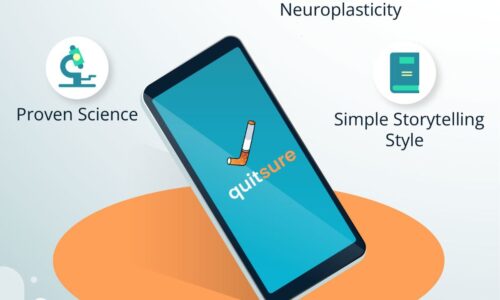If you were to slap your forehead in a cartoon-like expression of ‘Duh!’ you’d have placed your hand directly over your prefrontal cortex — your PFC.
Imagine dividing it down the middle into two halves: left and right.
Now, consider that these two halves tend to shoulder different responsibilities.
In fact, these two halves can be so different and lead to such different behaviors that I’ve nicknamed them Einstein and Frankenstein.
The left side of your PFC is your ‘inner Einstein.’ You might think of it as the CEO of your brain, or the orchestra conductor leading your brain in a complex symphony.
It’s the forward-looking, creative rock star side of you that can find elegant solutions and fill you with the promise of what is possible.
When we feel motivated and at our best, our Einstein brain is most active. Over on the right side of your PFC is your ‘inner Frankenstein.’
It tends toward the promise of what is not possible. It focuses on constraints, barriers, and complications.

Frankenstein will always look — and usually find — evidence for why something is impossible or risky or too threatening to the familiar status quo, even if the status quo is crying out for change.
It loves to dredge up your past, but it also finds information from your present and the world you live in to be just as lovable for keeping you ‘safe.’
While these are sometimes necessary and valuable traits for survival, too much Frankenstein often creates its own monster. Frankenstein can keep you stuck.
For many people, it is the dominant brain mode — one that often creates a mindset of pessimism, immobilization, and limitations, thus making it far more likely to be constrained by what is rather than what could be.
This means a dominant Frankenstein mode is both a cause and a perpetuator of a negative attitude.”
John Assaraf is a serial entrepreneur, brain researcher, and CEO of NeuroGym. In the last 25 years, he has grown five multi-million-dollar companies in real estate, internet software, brain research, and life and business coaching and consulting.





